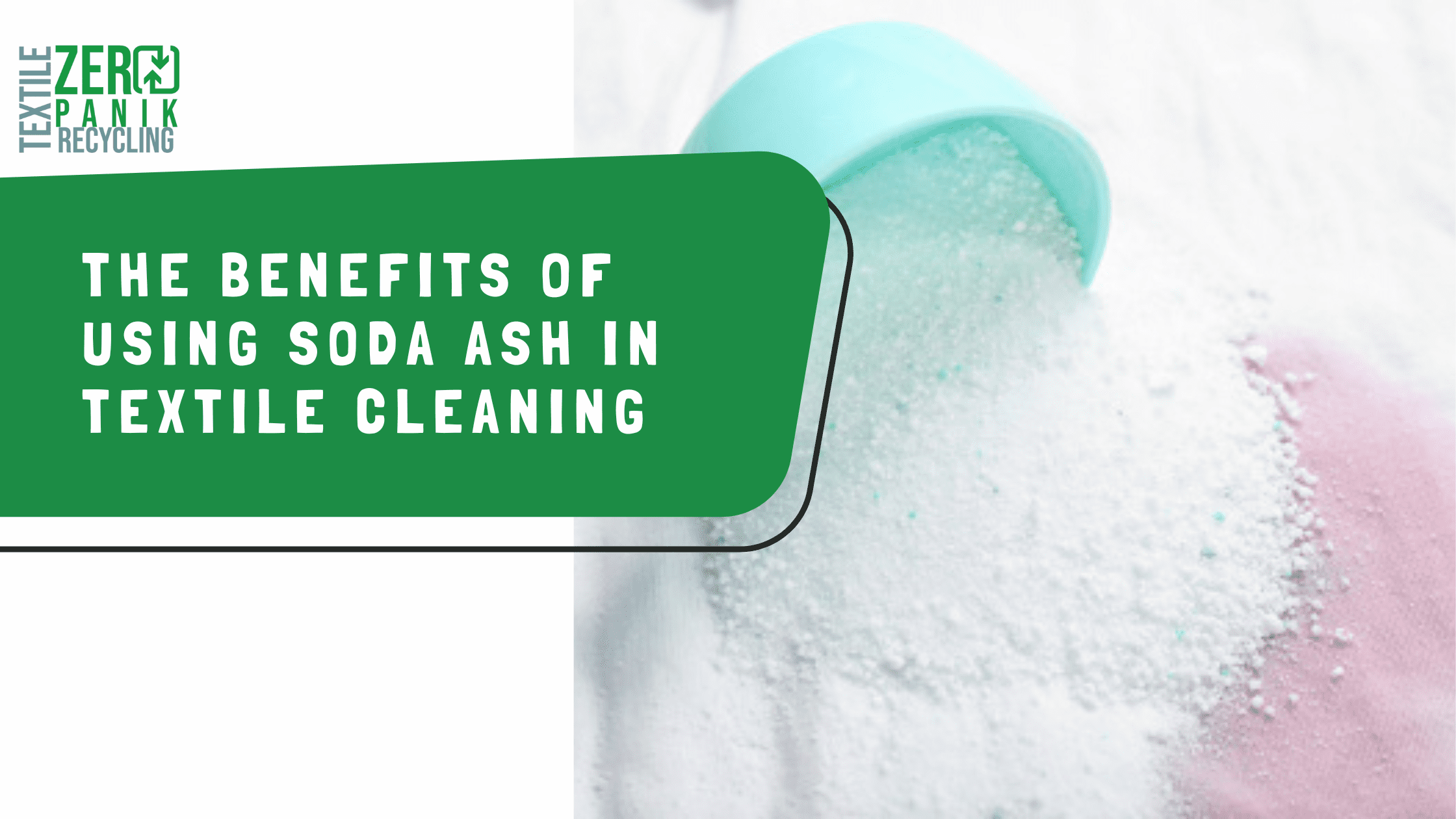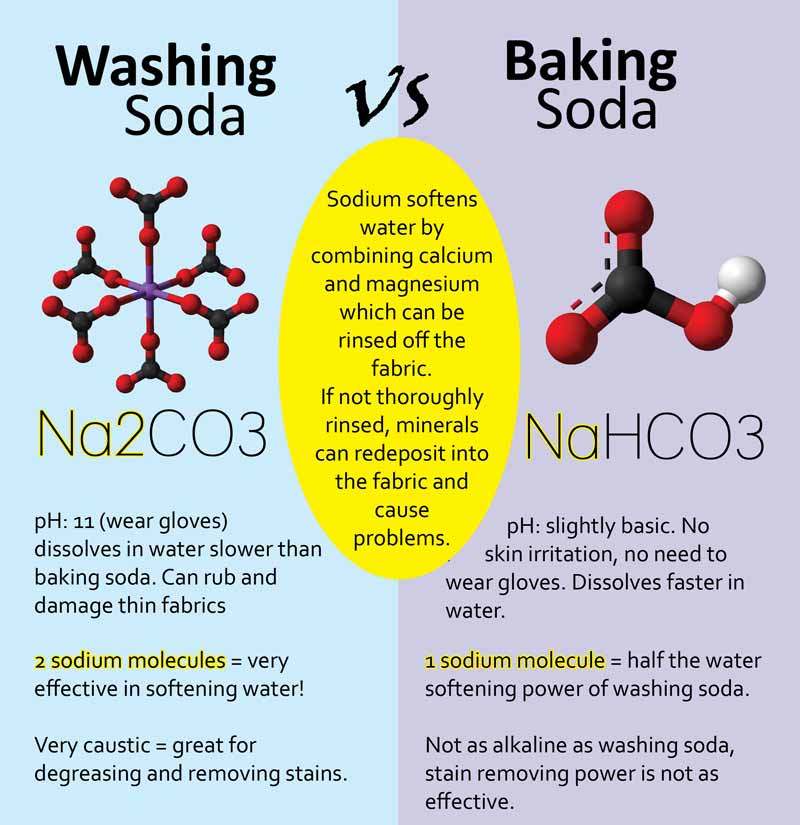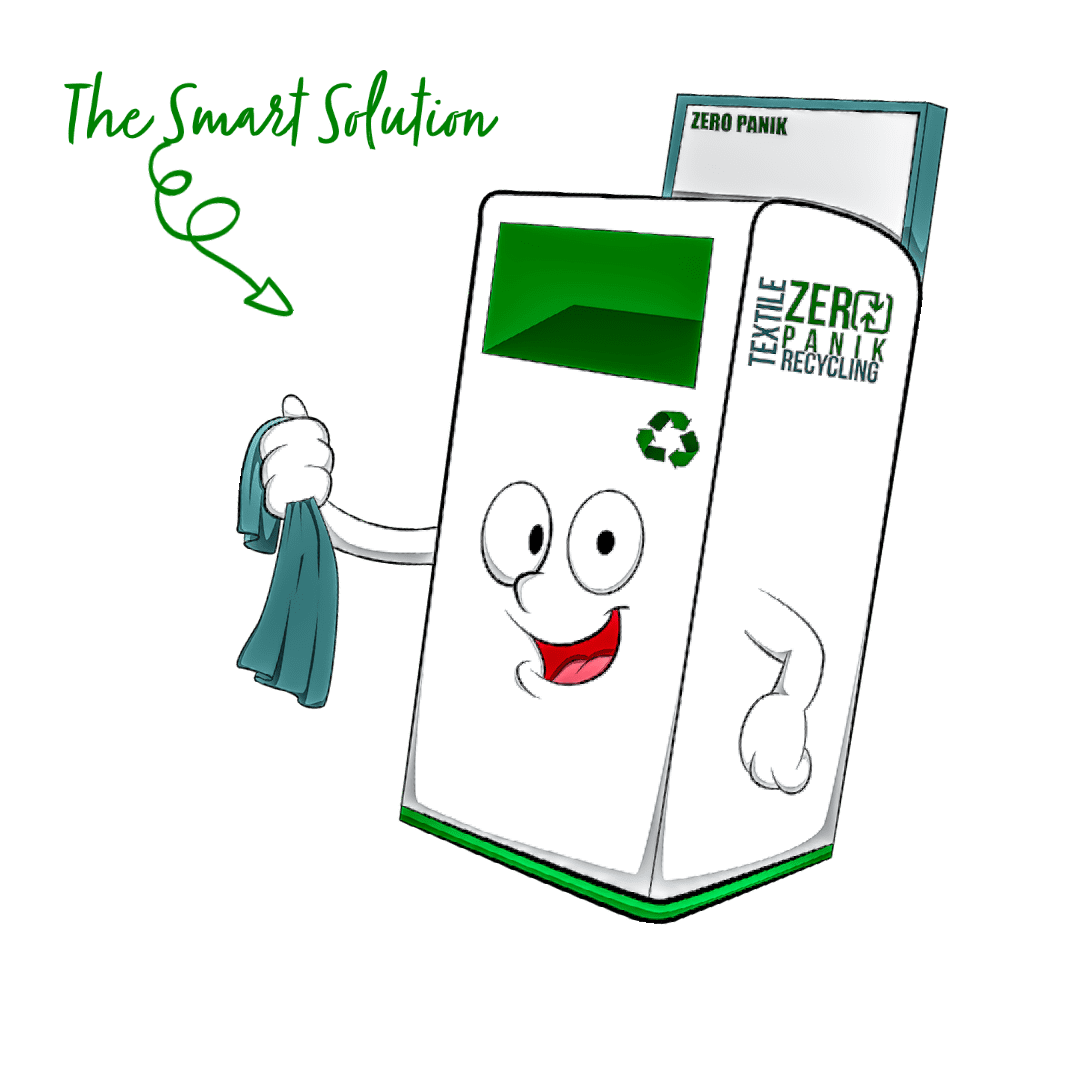
Introduction to soda ash as a cleaning agent
Soda ash, also known as sodium carbonate, is a versatile chemical compound that is widely used in the textile industry. It is known for its ability to remove stains, chemicals, and impurities from textiles, making it an essential ingredient in the cleaning and treatment process. Whether you are a textile manufacturer, a fabric dyer, or simply someone interested in maintaining the longevity and quality of your textiles, understanding how to use soda ash effectively is crucial. In this article, we will explore the properties and uses of soda ash in textile processing and provide step-by-step instructions on how to use it to achieve optimal results.
The benefits of using soda ash in textile cleaning
Using soda ash in textile cleaning offers a multitude of benefits that make it a preferred choice for textile manufacturers and fabric dyers. Firstly, soda ash is highly effective at removing stubborn stains, including grease, oil, and dirt, from textiles. Its alkaline nature helps to break down these stains, making them easier to remove during the cleaning process. Additionally, soda ash is known for its ability to neutralize acidic chemicals and impurities that may be present in textiles. This ensures that the fabric is thoroughly cleaned and free from any harmful substances.
Furthermore, soda ash helps to improve color fastness in textiles, making it an excellent choice for fabric dyeing processes. It acts as a buffer, maintaining the pH levels of the textile during dyeing, which results in vibrant and long-lasting colors. This not only enhances the overall appearance of the fabric but also increases its durability.
Lastly, soda ash is a cost-effective option for textile cleaning. As it is readily available and has a long shelf life, it offers a cost-efficient solution for textile manufacturers and individuals looking to maintain the quality of their textiles without breaking the bank.
In the next section, we will delve into the step-by-step instructions on how to use soda ash effectively in textile cleaning to achieve the best results. Keep reading!
Preparing the textiles for cleaning with soda ash
Before using soda ash to clean your textiles, it is important to properly prepare them to ensure the best results. Here are the steps you should follow:
1. Sort the textiles: Separate your textiles based on their color, fabric type, and the type of stain or impurity you are trying to remove. This will help you determine the best cleaning method and prevent any cross-contamination.
2. Test for colorfastness: Before proceeding with the cleaning process, it is advisable to test a small, inconspicuous area of the fabric to check for any color bleeding or damage. This will help you avoid ruining the entire textile.
3. Vacuum or brush the textiles: Remove any loose dirt, dust, or debris from the textiles by vacuuming them or gently brushing them. This will help prevent further staining or spreading of dirt during the cleaning process.
4. Pre-treat stains: If you have specific stains on your textiles, it is recommended to pre-treat them before using soda ash. This can be done by applying a small amount of stain remover or detergent directly to the stained area and gently rubbing it in.
By following these steps, you will be well-prepared to effectively clean your textiles using soda ash. In the next section, we will discuss the actual cleaning process and provide tips for achieving optimal results.
Step-by-step instructions on removing stains with soda ash
Now that you have properly prepared the textiles, it’s time to move on to the actual cleaning process. Follow these step-by-step instructions to effectively remove stains, chemicals, and impurities from your fabrics:
1. Fill a basin or sink with warm water: Start by filling a basin or sink with warm water. The water should be enough to fully submerge the textile you are cleaning.
2. Add soda ash: Gradually add soda ash to the warm water, stirring continuously until it dissolves. The recommended ratio is 1 cup of soda ash for every gallon of water. Make sure to use a measuring cup to get the proportions right.
3. Soak the textile: Submerge the textile in the soda ash solution and let it soak for about 30 minutes. This will allow the soda ash to penetrate and lift the stains, chemicals, and impurities from the fabric.
4. Agitate the textile: Gently agitate the fabric by swishing it around in the solution. This will help to further loosen and remove the stains.
5. Rinse thoroughly: After the fabric has soaked and been agitated, remove it from the soda ash solution and rinse it thoroughly with clean water. Make sure to rinse until the water runs clear to ensure all the soda ash and residue are removed.
6. Air dry or launder: Depending on the fabric type, you can either air dry the textile or launder it as per the garment’s instructions. Air drying is ideal for delicate fabrics, while laundering may be necessary for tougher stains or bulkier textiles.
By following these step-by-step instructions, you can effectively use soda ash to remove stains, chemicals, and impurities from your textiles. Read the next section, where we will discuss additional tips and precautions to consider during the cleaning process.

Using soda ash for chemical and impurity removal in textiles
In addition to removing stains, soda ash can also be used to effectively eliminate chemicals and impurities from textiles. The alkaline nature helps to neutralize and remove these substances, leaving your fabrics clean and fresh. By soaking the textile in a soda ash solution and agitating it gently, you can ensure that any chemicals or impurities embedded in the fabric are lifted and eliminated.
It is important to note that the duration of the soak may vary depending on the severity of the chemicals and impurities present. Additionally, for fabrics that are particularly delicate or prone to damage, it is recommended to test a small, inconspicuous area before proceeding with the entire textile.
Safety precautions and considerations when using soda ash
While soda ash is a highly effective cleaning agent, it is important to exercise caution and follow certain safety precautions when using it to remove stains, chemicals, and impurities from textiles.
First and foremost, it is essential to wear protective gloves and goggles while handling soda ash. This will protect your skin and eyes from any potential irritation or harm. Additionally, ensure that you are working in a well-ventilated area when mixing or using soda ash solution. This will help minimize the inhalation of any fumes that may be released during the process. Furthermore, it is advisable to store soda ash in a cool, dry place, away from direct sunlight and moisture. This will prevent any potential reactions or degradation of the substance. Lastly, always read and follow the instructions provided by the manufacturer when using soda ash. This will ensure that you are using it in the correct proportions and following the recommended procedure.
By following these safety precautions and considerations, you can effectively and safely use soda ash to remove stains, chemicals, and impurities from your textiles. In the final section, we will provide additional tips and techniques for maximizing the benefits of soda ash in textile cleaning.
Additional Tips and Techniques for Tackling Specific Types of Stains and Achieving Exceptional Results with Soda Ash
When using soda ash to remove stains, it’s important to have a thorough understanding of the specific type of stain you are dealing with. Different stains require different techniques and approaches to achieve the best results. In this section, we will provide you with some additional tips and techniques for tackling specific types of stains and achieving exceptional results with soda ash.
1. Grease and Oil Stains: To tackle grease and oil stains, mix a small amount of soda ash with warm water to create a paste. Apply the paste directly to the stain and gently rub it in using a clean cloth or sponge. Allow the paste to sit for a few minutes before rinsing it off with warm water. Repeat the process if necessary until the stain is completely removed.
2. Wine and Coffee Stains: Wine and coffee stains are common and often stubborn. To remove these stains, mix a solution of soda ash and warm water in a 1:1 ratio. Dampen a clean cloth or sponge with the solution and gently blot the stain, working from the outside in. Avoid rubbing the stain, as this can cause it to spread. Rinse the area with warm water and repeat the process until the stain is no longer visible.
3. Blood Stains: Create a mixture of soda ash and cold water and apply it directly to the stain. Gently agitate the mixture into the stain using a brush or cloth. Allow the mixture to sit for a few minutes before rinsing it off with cold water. Repeat the process if necessary until the stain is fully removed.
4. Grass Stains: Create a paste by mixing soda ash with a small amount of water and apply it directly to the stain. Gently rub the paste into the stain using a clean cloth or sponge, working from the outside in. Allow the paste to sit for a few minutes before rinsing it off with warm water. Repeat the process if necessary until the stain is completely removed.
Remember, it’s important to wear protective gloves and ensure that the area is well-ventilated. Keep in mind that results may vary depending on the fabric and the severity of the stain. Always spot test in an inconspicuous area before applying the soda ash mixture to the entire stain.
Conclusion and final tips for effective textile cleaning with soda ash
In conclusion, soda ash is a reliable and efficient cleaning agent for removing stains, chemicals, and impurities from textiles. Remember to always wear protective gloves and goggles to safeguard your skin and eyes from any potential harm. Ensure you are working in a well- ventilated area to minimize inhalation of fumes.
When storing soda ash, keeping it in a cool, dry place away from sunlight and moisture will prevent any unforeseen reactions or degradation. To maximize the benefits of soda ash, it is essential to carefully follow the manufacturer’s instructions. This will ensure that you are using the correct proportions and following the recommended procedure for optimal results.
